Prayer bead bracelets, originally called rosaries, are portable Buddhist tools strung with a specific number of beads to keep count during chanting or reciting mantras. The origin of Buddhist beads is generally traced back to the ancient Indian custom of wearing garlands and necklaces, which evolved over time into the beads we know today. But do you know how to style a beautiful prayer bead bracelet?
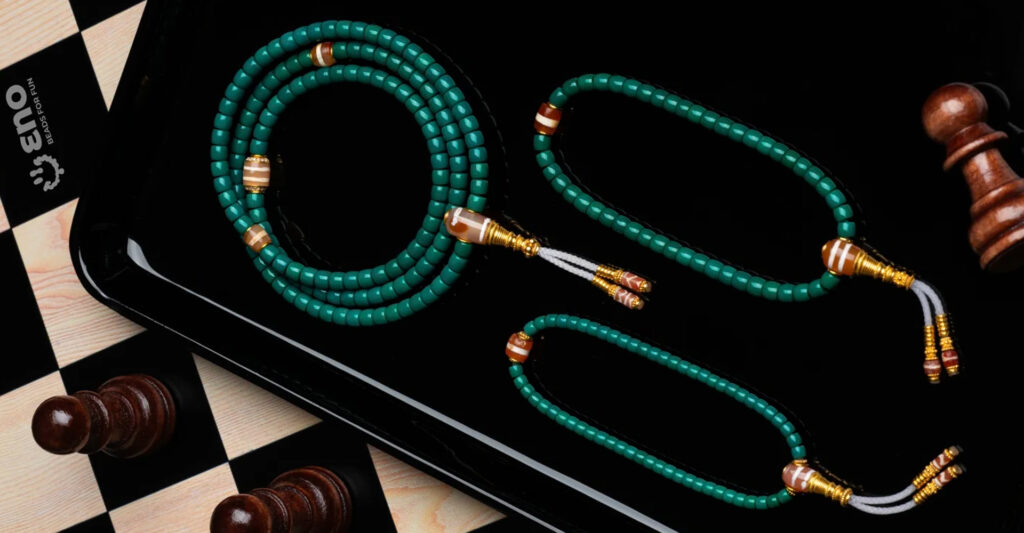
Color Contrast
This pairing typically combines two contrasting colors, two shades with significant brightness differences, or colors close to complementary hues. These combinations create a striking visual impact by complementing each other, such as yellow with blue, red with green, or blue with white.
Color Accents
This approach features a dominant color—like solid white or solid red—paired with a contrasting hue to break monotony. The accent color needn’t be overly bold; for instance, egg yolk yellow paired with white, or pink paired with red.
Those who prefer understated elegance may experiment with this approach. Achieving tranquility without appearing dull or tacky requires subtle color accents to strike the right balance.
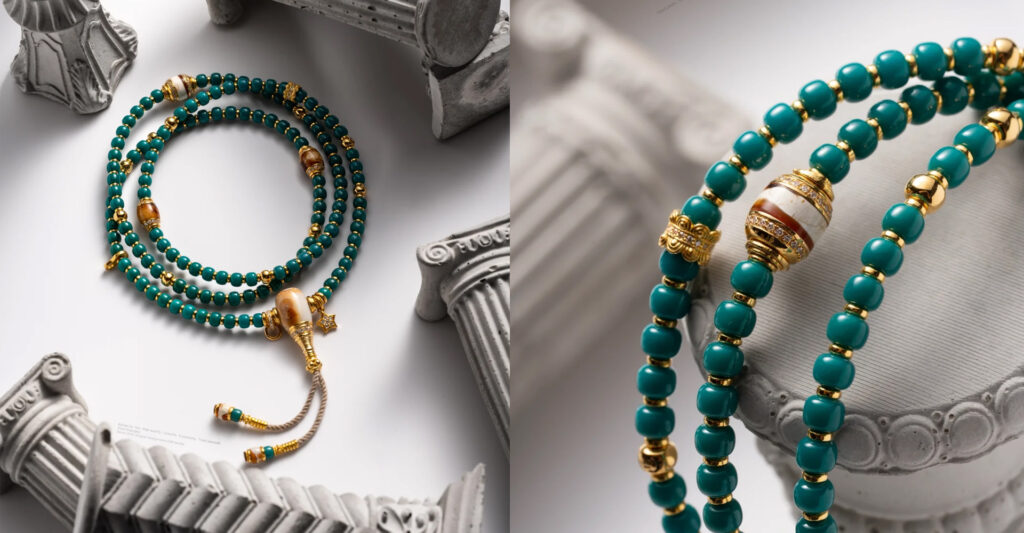
Color Unity
This pairing selects different materials within the same color family. Depending on the hues chosen, the overall effect can appear harmonious, profound, or pristine. Examples include pairing olive wood with amber, camel bone with bodhi root, or turquoise with lapis lazuli.
Those drawn to specific color tones can explore this approach, showcasing the unique charm of different materials within a dominant hue—a highly creative option.
Color Mixing
This style involves combining various colors, interweaving them to highlight each shade effectively. Materials can be mixed for flexible styling. This approach is ideal for enthusiasts of multi-gemstone bracelets. When DIYing, careful consideration of color choices is essential—some combinations may initially seem unsatisfactory, but the interplay with other colors can transform the outcome.
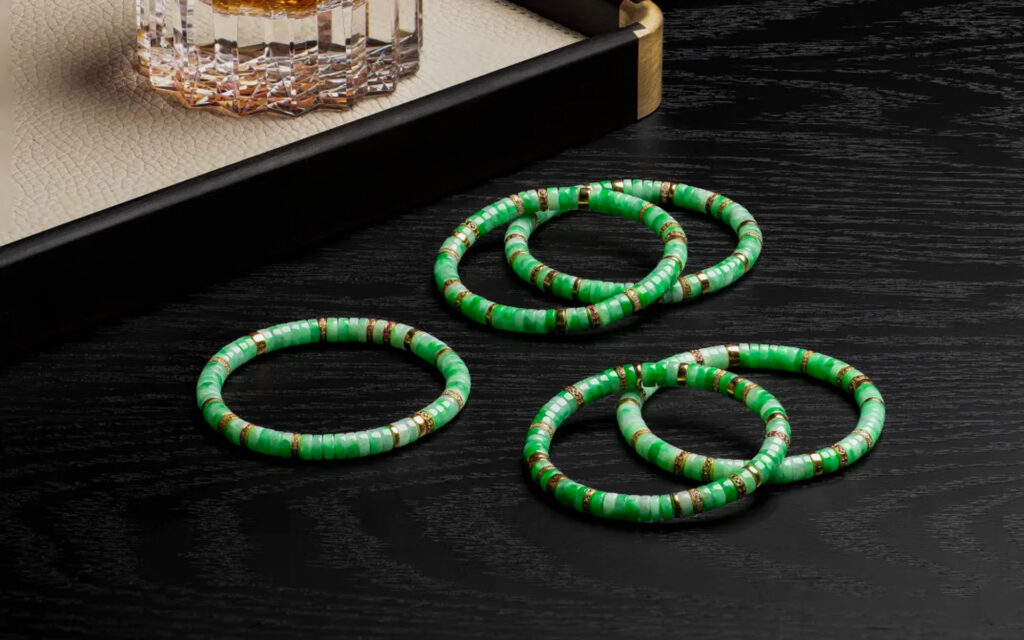
Color Accent
This approach centers on a primary color, complemented by a secondary accent hue. Examples include pairing Bodhi seeds with lapis lazuli connectors, olive pits with ivory fruit connectors, or turban shell with South Red connectors.
When featuring a dominant bead, we can opt for an accenting approach. Since the main bead typically boasts superior material and appealing color, the supporting hue naturally enhances its visual impact.
Mother Bead
At the junction of the two strands lies a slightly larger three-eyed bead—the mother bead. Each mother bead is accompanied by a pagoda pendant below. Modern designs often feature integrated three-hole Buddha heads, creating more aesthetically pleasing lines.
In Buddhist rosary recitation, the mother bead signifies the end of one cycle and the beginning of the next upon its reappearance—a reminder to “be mindful of past transgressions.” It has become a versatile tool for bead enthusiasts to express individuality and unleash creativity, with countless designs emerging.
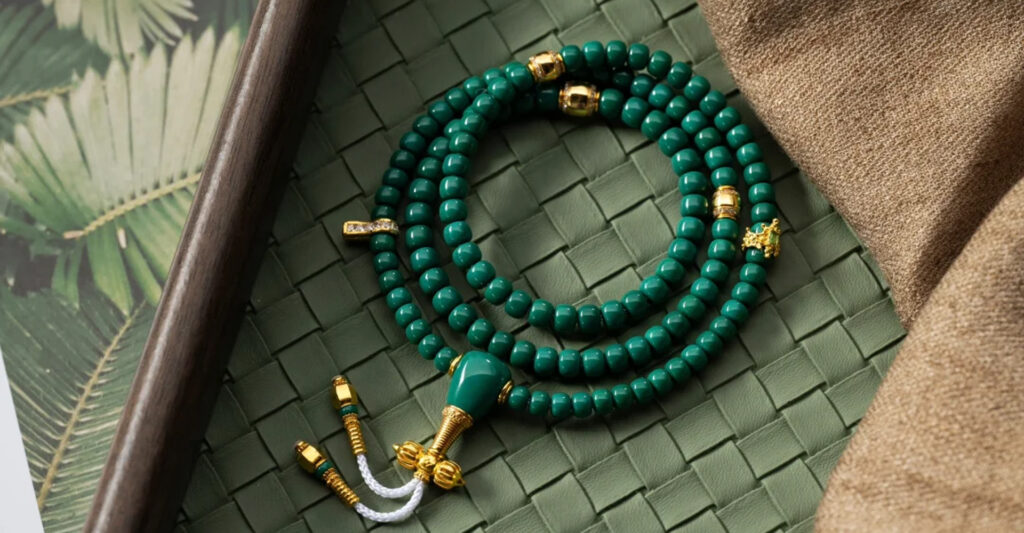
Top Bead
The top bead refers to the large decorative bead adorning the crown of a ceremonial cap. During the Qing Dynasty, the top bead served as a crucial indicator of official rank. Mounted atop the crown, it was often crafted from precious gemstones.
This large bead, positioned at the crown’s apex, symbolized authority and status. Later adopted in Buddhist bead craftsmanship, the topmost bead now serves as the crowning touch in bead arrangements, perfectly embodying the value of the entire strand.
Waizhu
Positioned between the top bead and the Buddha head, a section bead is placed every twenty-seven subsidiary beads, evenly dividing the entire strand into four sections. Smaller than the top bead, it emphasizes harmony and must be matched with the top bead in both form and color.
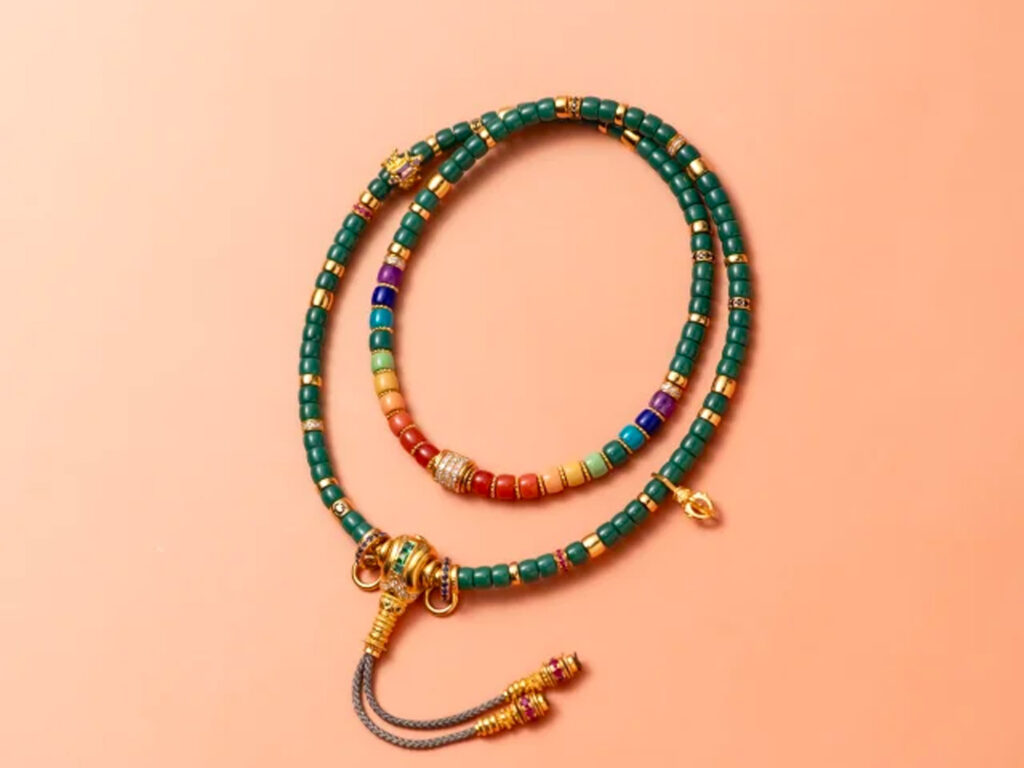
Back Cloud
Also known as the “back fish,” the term “back cloud” originates from Qing dynasty court beads, where it served as a crucial component. Qing dynasty court beads consisted of 108 beads strung together, with a larger bead of different material inserted every 27 beads, called the Buddha head. Opposite the Buddha head hanging at the center of the chest was another large bead called the Buddha head tower. A yellow cord was attached to the Buddha head tower, with the back cloud strung through the middle and a teardrop-shaped Buddha mouth (pendant hook) hanging at the end. When worn around the neck, court beads form a ribbon draped across the back. Midway along this ribbon sits a jade piece known as the “cloud pendant.”
The cloud pendant symbolizes the wearer’s ability to renew and restart, emphasizing the importance of positive energy—or, in modern terms, embracing positive vibes.